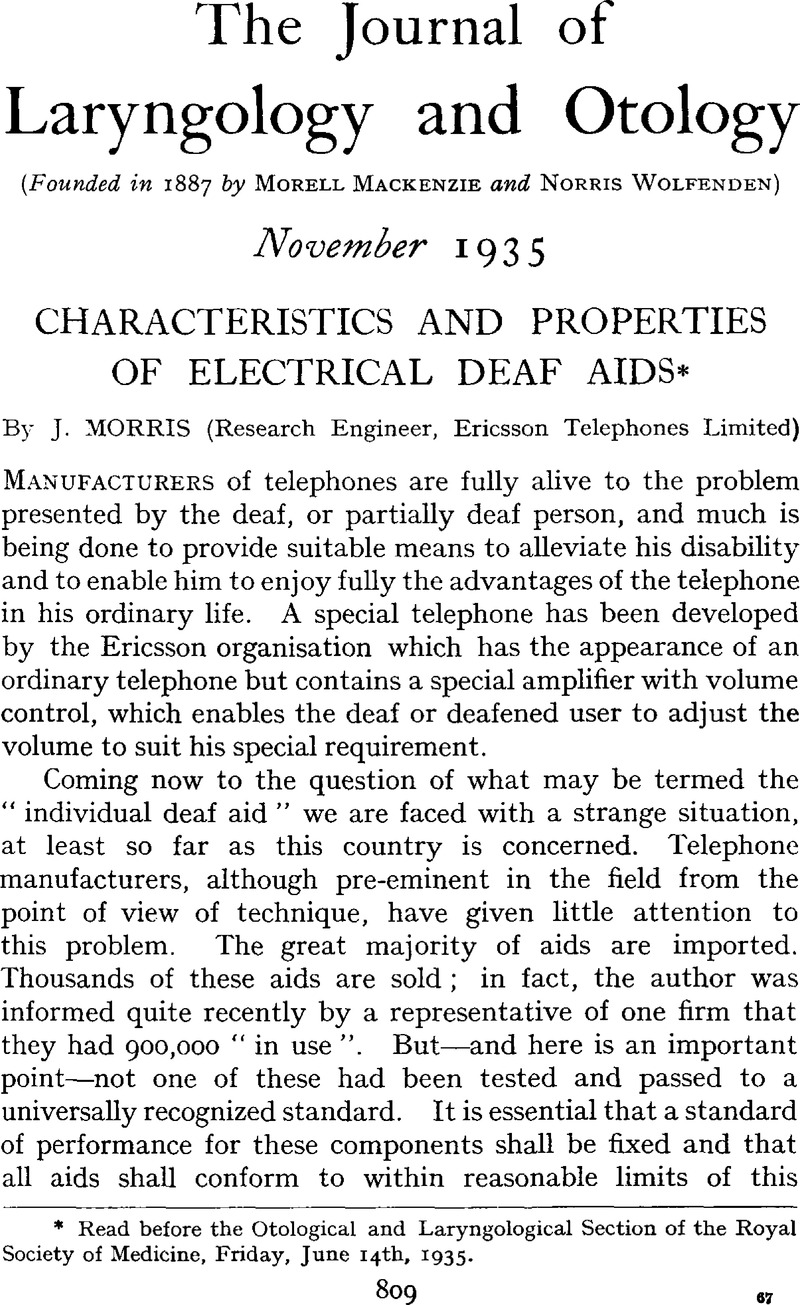Crossref Citations
This article has been cited by the following publications. This list is generated based on data provided by Crossref.
Kerridge, Phyllis M Tookey
1938.
Instrumental aids for defective hearing.
Reports on Progress in Physics,
Vol. 5,
Issue. 1,
p.
150.
Arnold, Gottfried E.
1959.
Lehrbuch der Stimm- und Sprachheilkunde.
p.
253.
Luchsinger, Richard
and
Arnold, Gottfried E.
1970.
Handbuch der Stimm- und Sprachheilkunde.
p.
559.





